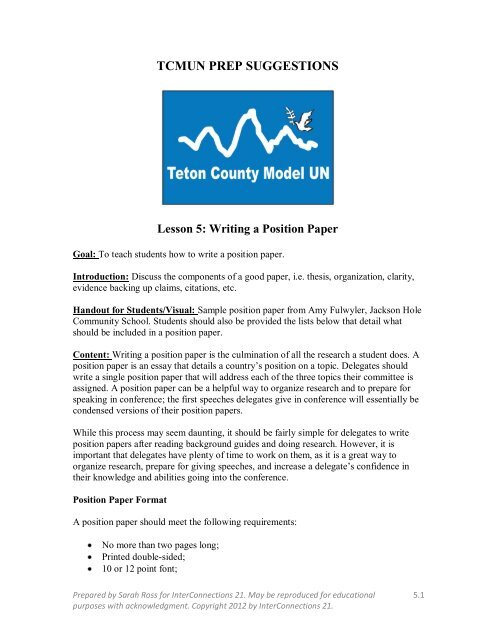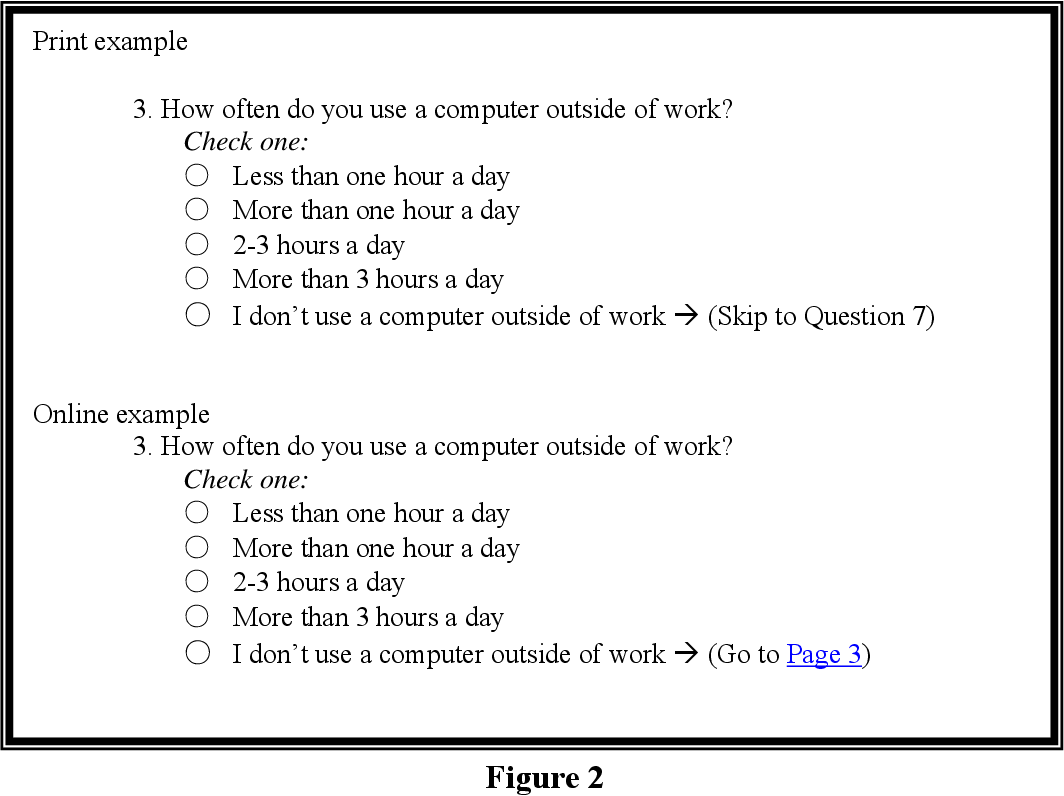In this article, we will take a closer look at how to write a position paper, focusing on five crucial steps: research, rebuttal, strategic writing, and selecting an arguable topic. While there is some overlap, these steps are essential for creating an effective position paper. If you are stuck in any of these stages, don’t worry! We’ll walk you through each step and help you get started.
Research
When writing a position paper, it is important to thoroughly research the issues and counterarguments to back up your arguments. Researching the topic will help you prepare valid counterarguments and understand public sentiment. It will also help you identify new sources of evidence and support for your argument. You will want to discuss your topic with friends, colleagues, and family members. You may also want to discuss the issues in depth in order to gather information that will support your arguments.
Before writing a position paper, you must first determine the audience. You should clearly state your position and counterarguments, as well as evidence that supports your position. In addition to this, your paper must follow proper APA style and include citations. Make notes of the sources you use. This will save you time in the writing process. After you have collected enough information, it is time to write your paper. The following are tips for writing a position paper.
Before writing a position paper, you must do extensive research on the topic. You should be able to provide enough evidence and facts that back up your claims. Then, you must write a well-developed outline. This outline will provide you with the necessary structure and content to convince your reader of your point of view. If you have trouble writing a position paper, consider hiring an essay writing service. These professionals can help you create a position paper that is free from errors.
Rebuttal
A rebuttal is an essay that counters an argument by presenting facts and arguments that refute the opposing viewpoint. Its primary function is to prove an argument’s fallacy. The purpose of the rebuttal is to correct and inform the reader. The rebuttal can be a short section of the essay. You must begin the rebuttal by providing background information on the position you’re disputing.
If the opponent’s position is sound, it’s essential to counter it. Make sure to dismantle your opponent’s arguments by pointing out their flaws. Don’t be afraid to use evidence that undermines your opponent’s position. People are more likely to be inclined to want the policy to fail if they don’t agree with it. In some cases, you may have to use sources to support your position or narrow your argument.
To begin a rebuttal, begin by acknowledging the counterargument. Use statistics to back up your claim. Also use personal stories and personal experiences to appeal to the reader’s emotions. Use the information you’ve gathered to make your argument sound more powerful. Don’t forget to include a conclusion in your rebuttal. It should be concise, direct, and to the point.
Strategic writing
When you’re writing a position paper, it’s important to balance the amount of research you do with strategic writing. Your paper must display what you know and what research is available to support your opinion. It should be well-supported with facts and dates. It should also address any potential disagreement. Here are some tips to help you craft the best position paper possible:
The introduction of your paper should present an analysis of the issue and the country’s past policies on the topic. Include the country’s past successes and failures on the topic. The long-term focus and proposed solution should refer to these details. Appendices C and D should provide a bibliography of resources and citations. The references section should contain a list of supporting sources, preferably in alphabetical order.
The body of the paper should include three major sections: an introduction, a body and two topic areas. If you’re a visual learner, you can reference samples of position papers. After the introduction, the body should have two main topics, and optionally a 4th paragraph before the policies. This paragraph is meant to highlight the strongest points of your paper. Throughout the paper, you’ll need to include supporting information for each of the three topics.
Choosing an arguable topic
Choosing an arguable topic when writing your position paper is vital to the success of your paper. Unlike essays, position papers must have enough data to support your claim while providing evidence to support the other side. You can find a number of resources for your research, including official websites, periodicals, news releases, and the Internet. It is crucial to research your topic thoroughly, considering the advantages and disadvantages of it, as well as appeals to ethics and emotions.
Before choosing a topic for a position paper, you must do some research. This research will help you determine whether you have adequate information to support your claim. For example, authority sites have end-tags such as “.gov” or “.edu,” which give a clear indication of the authority behind the site. You can also read the opposing side’s arguments and counterarguments, and use that information to decide on a position paper topic.
Before writing your position paper, you must decide whether your topic is arguable or not. Arguable topics can be narrow, controversial, or difficult to convince readers. However, your audience will appreciate if you can prove that you have the best knowledge of the topic. To make sure you’ve chosen an arguable topic, conduct some research about it. List the pros and cons of the topic, as well as evidence to support your position.
Common mistakes in position papers
Most people struggle with writing a position paper, but there are some basic mistakes you should avoid. First, don’t use the passive voice. Many academics misuse the passive voice and use it in passive sentences instead of active ones. This can make your paper look boring and unprofessional, and committee chairs will likely notice it. It’s a good idea to proofread your paper for errors before submitting it. In addition, you should avoid using passive voice in your writing, as it is more likely to be rejected than to be published.
A position paper must be a single-spaced page with 5 paragraphs. Each paragraph should begin with a topic sentence and contain at least four to five supporting sentences. You should also avoid spelling mistakes, jargon, and poor grammar. Lastly, make sure to use transition words to connect each paragraph, and proofread your position paper to ensure that there are no grammatical or spelling mistakes. After proofreading your paper, you should present the arguments you make with confidence.
While writing a position paper, make sure you understand its purpose. A position paper is a kind of research paper in which you present one side of an argument and attempt to persuade readers that your point of view is right. Make sure you develop your argument and organize your ideas well, and ensure that your audience will understand the position you’re trying to make. You should also keep in mind that it should be accessible to a wide audience, so make sure you don’t forget to address all sides of the issue.
Finding supporting evidence
When writing a position paper, you need to find credible evidence that supports your arguments. Use statistics, case studies, and expert opinion to prove your point. Also, be sure to use APA style. In addition, you should double check your grading rubric. Position papers can be quite complex, so you need to be sure to keep the content simple. There are many tips to help you write a position paper.
Research the opposition’s position before writing your position paper. Doing this will help you come up with counterarguments and help you understand public sentiment. It will also help you find new sources of evidence to back your argument. Finally, when writing a position paper, remember to summarize your argument in the conclusion section. It will make it much easier for the reader to understand the main point of your paper. You can also add counterarguments, such as citing a study that shows that your position paper is correct.
A position paper is a piece of academic writing that will argue for one side or another. It is a type of essay that will ask you to present your opinion on a topic. While you may mention other points of view and draw consensus, you will be making a strong case for your own position. Position papers can be difficult to write, but the experts at EduBirdie can help you finish your paper. They work around the clock and will make sure your paper is 100% unique.




